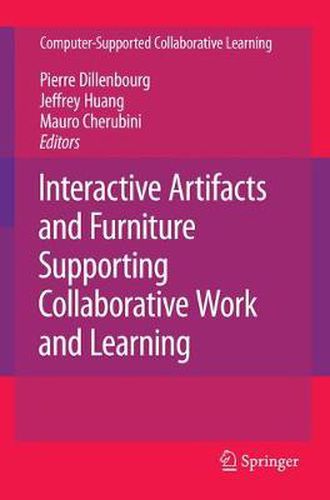Readings Newsletter
Become a Readings Member to make your shopping experience even easier.
Sign in or sign up for free!
You’re not far away from qualifying for FREE standard shipping within Australia
You’ve qualified for FREE standard shipping within Australia
The cart is loading…






This title is printed to order. This book may have been self-published. If so, we cannot guarantee the quality of the content. In the main most books will have gone through the editing process however some may not. We therefore suggest that you be aware of this before ordering this book. If in doubt check either the author or publisher’s details as we are unable to accept any returns unless they are faulty. Please contact us if you have any questions.
This book reveals how advances in computer science and human-computer interaction impact Computer-Supported Collaborative Learning (CSCL) environments. The underlying theme of the contributions is the social affordances of physical objects. The collaborative situations illustrated in the book are not necessarily learning situation in a school sense. In summary, this book illustrates a turn in the field of CSCL and emphasizes an important message for a generation of CSCL users.
$9.00 standard shipping within Australia
FREE standard shipping within Australia for orders over $100.00
Express & International shipping calculated at checkout
This title is printed to order. This book may have been self-published. If so, we cannot guarantee the quality of the content. In the main most books will have gone through the editing process however some may not. We therefore suggest that you be aware of this before ordering this book. If in doubt check either the author or publisher’s details as we are unable to accept any returns unless they are faulty. Please contact us if you have any questions.
This book reveals how advances in computer science and human-computer interaction impact Computer-Supported Collaborative Learning (CSCL) environments. The underlying theme of the contributions is the social affordances of physical objects. The collaborative situations illustrated in the book are not necessarily learning situation in a school sense. In summary, this book illustrates a turn in the field of CSCL and emphasizes an important message for a generation of CSCL users.